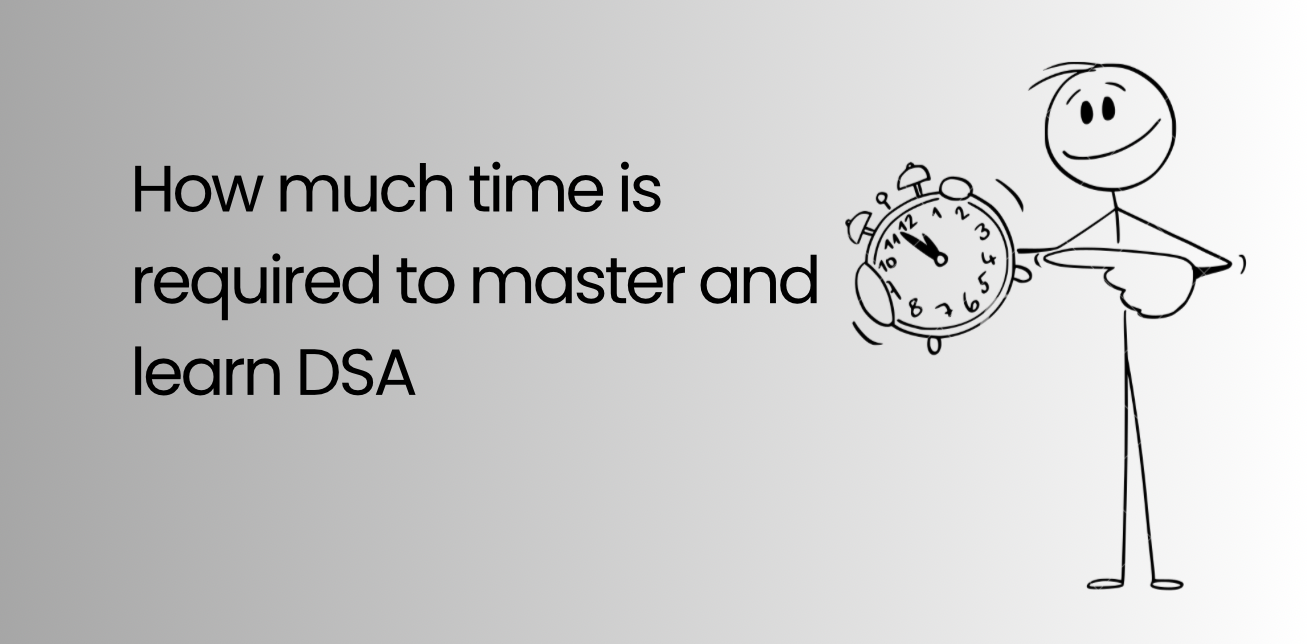Is Data Structures and Algorithms Important for Web Developers?

Understanding DSA helps build better web applications
If you're a student, developer, or career switcher, you've likely asked: "How long will it take to learn Data Structures and Algorithms (DSA)?" The answer isn't one-size-fits-all — it depends on your goals, consistency, and background.
What Web Developers Actually Do
Typical web development tasks include:
- Creating responsive UIs with HTML/CSS/JavaScript
- Working with frameworks like React, Next.js, or Vue
- Integrating RESTful APIs and GraphQL endpoints
- Implementing state management solutions
- Optimizing performance and accessibility
Before estimating time, let's define what “mastering” DSA really means. Mastery isn't just knowing syntax or solving rote problems. It means pattern recognition, approaching unseen questions with confidence, and making trade-offs in real-world system design.
Where DSA Knowledge Shines in Web Development
Key scenarios where DSA matters:
For most learners, 3 months gets you foundational knowledge, 6–9 months develops confidence for interviews, and 12+ months results in true mastery. DSA is a long-term game.
Real-World Examples
Autocomplete Search
Trie data structure improves search efficiency
Infinite Scroll
Efficient pagination requires proper array handling
Form Validation
Graphs can model complex validation rules
State Management
Understanding trees helps with state updates
Pro Tip: Practical Learning
Here's a simple 12-week roadmap: - Weeks 1–2: Arrays, Strings, HashMaps - Weeks 3–4: Stacks, Queues, Recursion - Weeks 5–6: Linked Lists, Trees - Weeks 7–8: Heaps, Binary Trees, BSTs - Weeks 9–10: Graphs, DFS/BFS - Weeks 11–12: DP, Tries, Bit Manipulation
- Implement your own simplified version of React's reconciliation algorithm
- Build a custom hook that efficiently manages large datasets
- Create a visualization of how different sorting algorithms work
The Verdict
Avoid common traps: passively watching tutorials, skipping fundamentals, not reviewing problems. Instead, learn → code → revise. Tools like LeetCode, NeetCode, and your own notes/GitHub repo will accelerate learning.